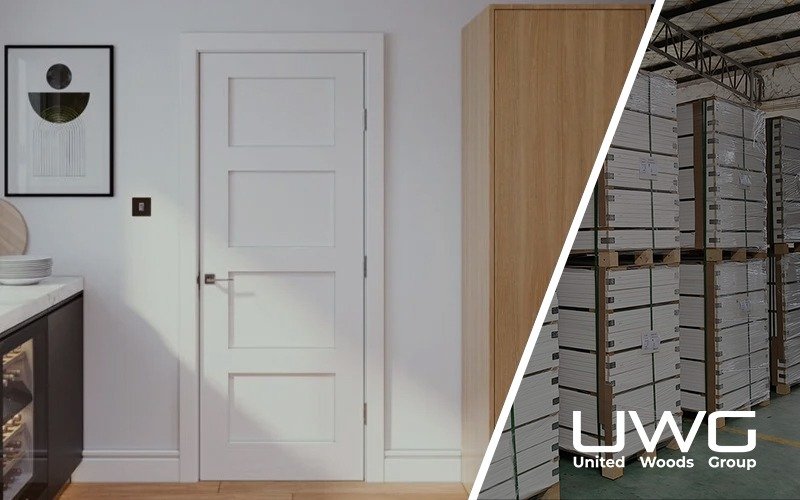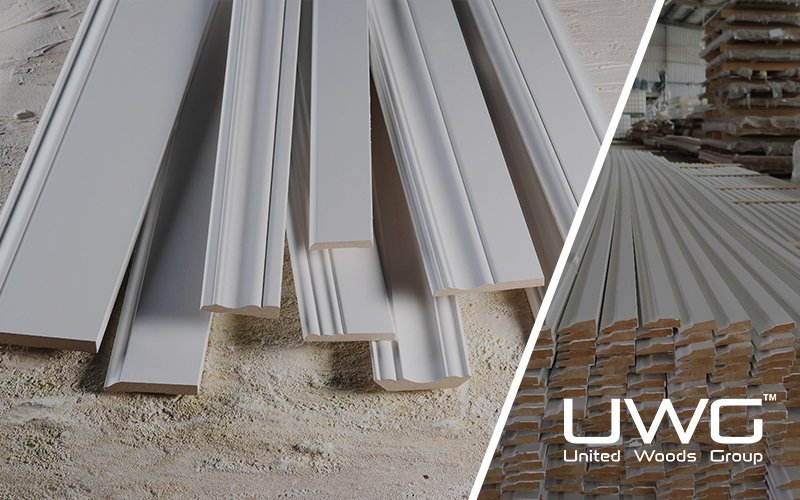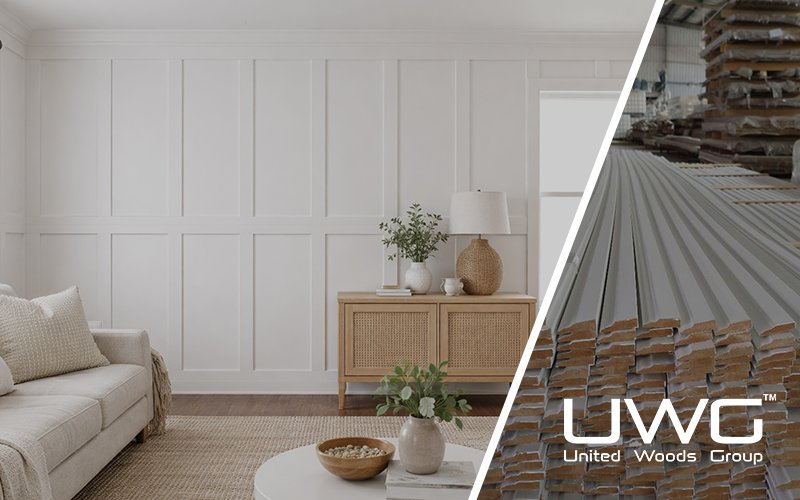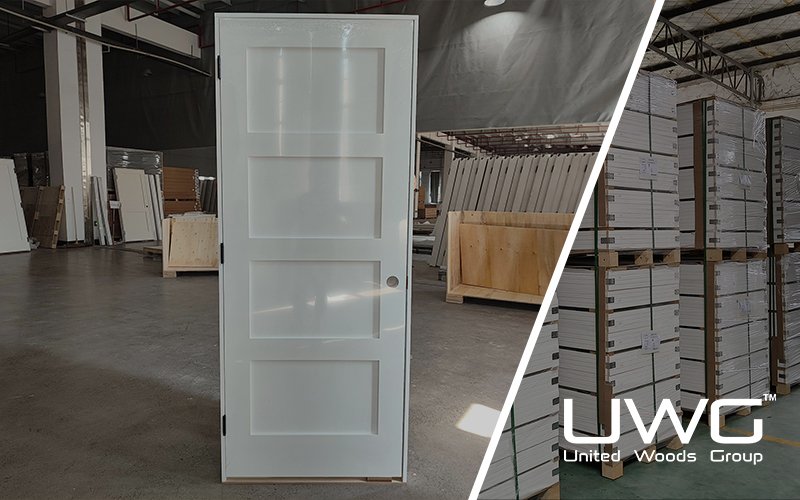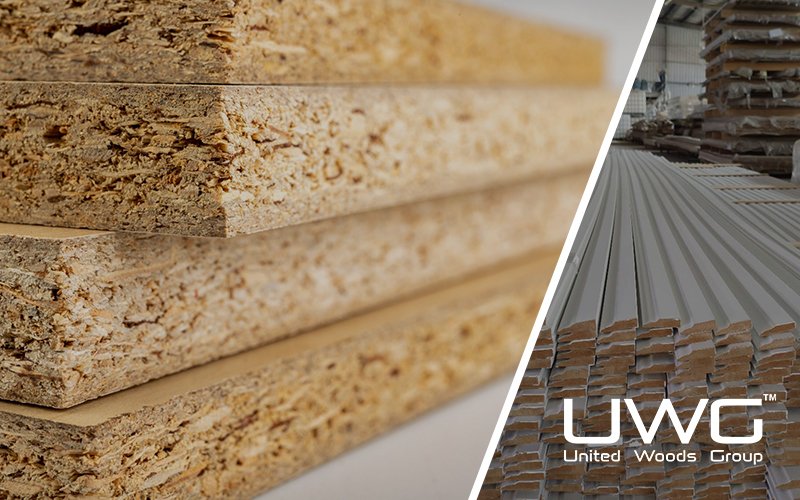Choosing the right doors for your building project is a crucial decision, as the style and material of the door can significantly impact both the aesthetics and functionality of your space. Shaker doors and PVC doors are two of the most popular choices for builders, each offering distinct advantages. Shaker doors are renowned for their timeless elegance and the flexibility they provide in customization, while PVC doors are favored for their low maintenance, moisture resistance, and durability. With these factors in mind, the question arises: Which door is the best fit for your project—Shaker doors or PVC doors?
If your project demands timeless design and the ability to customize finishes, Shaker doors are the perfect choice. They offer a classic and versatile aesthetic suitable for both modern and traditional spaces. However, Shaker doors require more maintenance and a higher initial investment. if you’re looking for a low-maintenance, durable, and moisture-resistant solution, especially in environments like kitchens or bathrooms, PVC doors are an excellent option. They provide great cost-effectiveness and energy efficiency, but with fewer design options compared to Shaker doors. Ultimately, Shaker doors are ideal for projects that prioritize aesthetics, while PVC doors are best for functional, long-lasting solutions.

What are Shaker Doors?
Shaker doors are a classic door style that originated from the Shaker religious community in the 18th century. These doors are designed with a simple, clean aesthetic and typically feature a five-piece construction: a solid wood frame with a recessed center panel. This simple yet functional design makes Shaker doors versatile, fitting easily into both traditional and modern home styles.

Shaker doors are most commonly made from solid wood, MDF , or plywood. The material choice directly impacts the door’s durability, cost, and weight. Solid wood Shaker doors are durable and long-lasting, while MDF doors are more affordable and easier to paint, though they may not offer the same durability or natural aesthetic as wood.
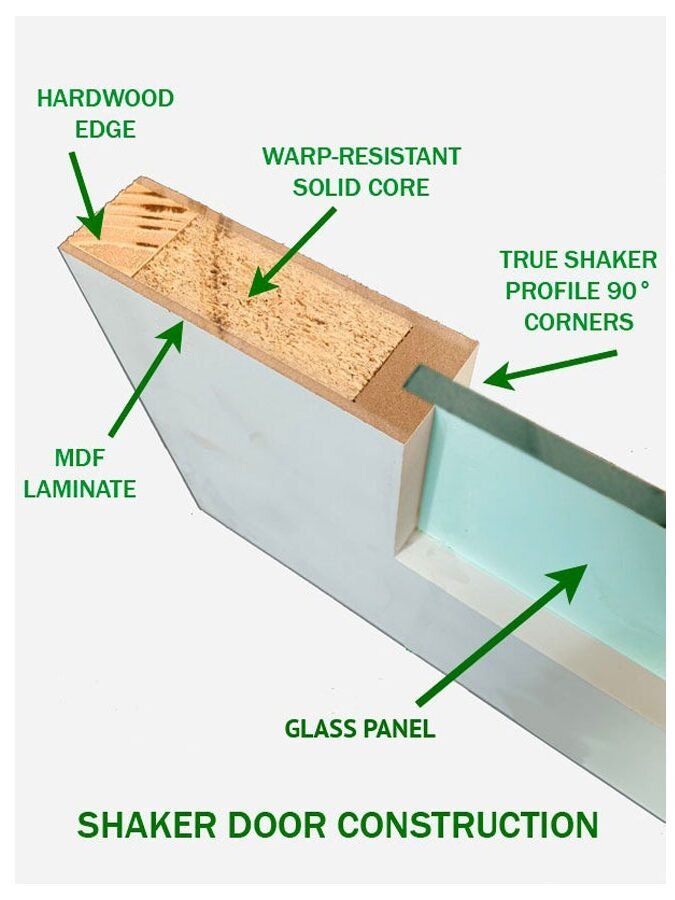
Advantages of Shaker Doors
- Timeless Aesthetic: The clean, classic design of Shaker doors allows them to blend well with almost any interior style, from traditional to contemporary.
- Durability: Made from sturdy materials like solid wood or MDF, Shaker doors are highly durable and ideal for high-traffic areas.
- Customization: These doors can be painted or stained to match the aesthetic of any space, offering flexibility for both design and finish.
- Maintenance: While they can attract dust in the recessed panel, Shaker doors are relatively easy to clean with regular dusting and occasional refinishing.
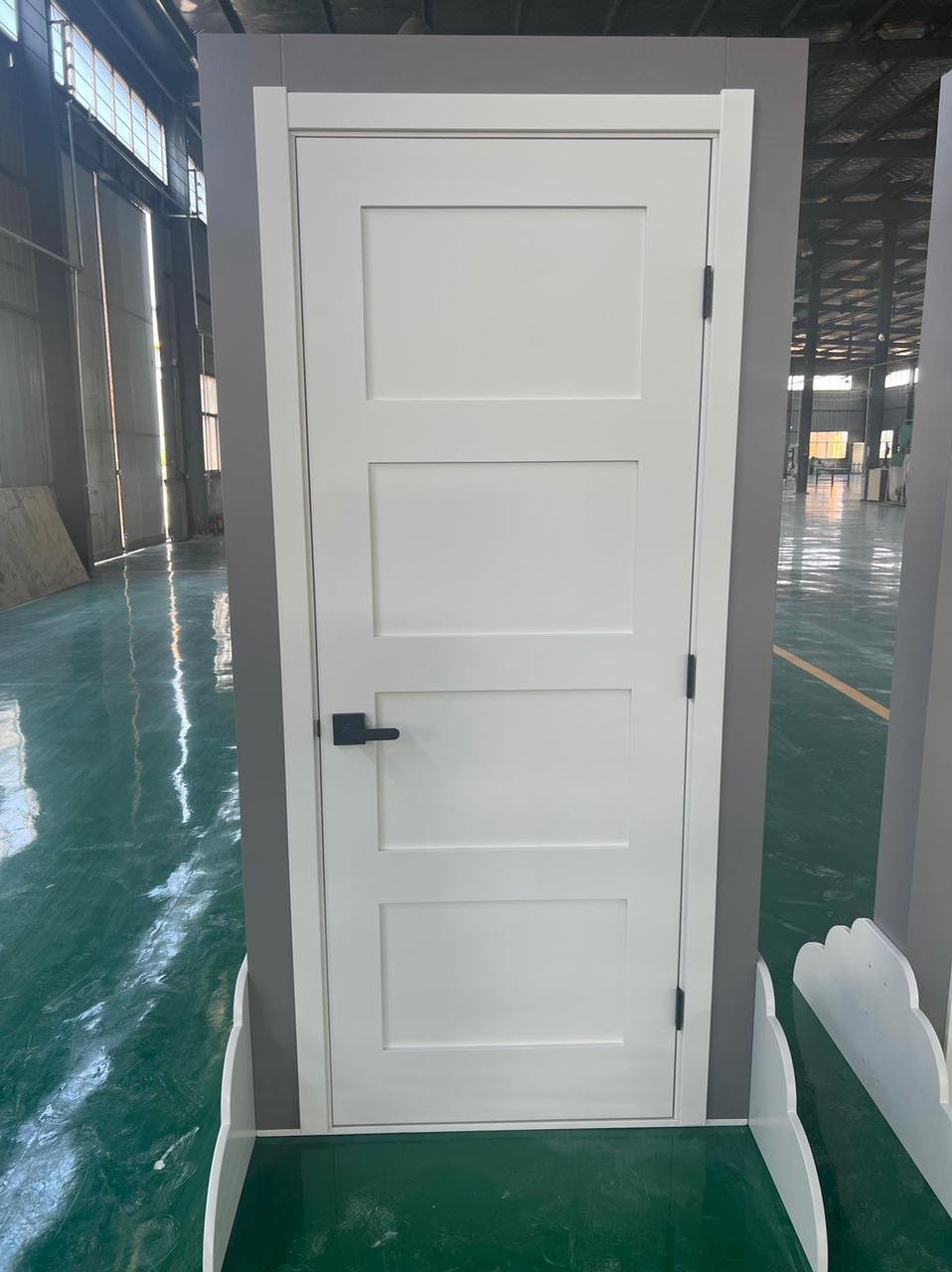
Disadvantages of Shaker Doors
- Maintenance: Shaker doors, especially those made of wood, require more maintenance than synthetic materials. Regular cleaning and refinishing are needed to prevent damage caused by dust accumulation and humidity.
- Cost: High-quality Shaker doors, particularly those made from solid wood, can be expensive, making them less ideal for budget-conscious projects.
What are PVC Doors?
PVC (Polyvinyl Chloride) doors are engineered doors made from unplasticized PVC. These doors are popular due to their durability, moisture resistance, and low maintenance requirements. PVC doors are often used in environments that experience high humidity, such as kitchens, bathrooms, and external entry points, where traditional wood doors may warp or deteriorate.

While PVC doors are typically more affordable than Shaker doors, they are available in various designs and finishes, including sleek modern looks and more traditional styles. Their versatility, coupled with their low maintenance, makes them an attractive option for many building projects.
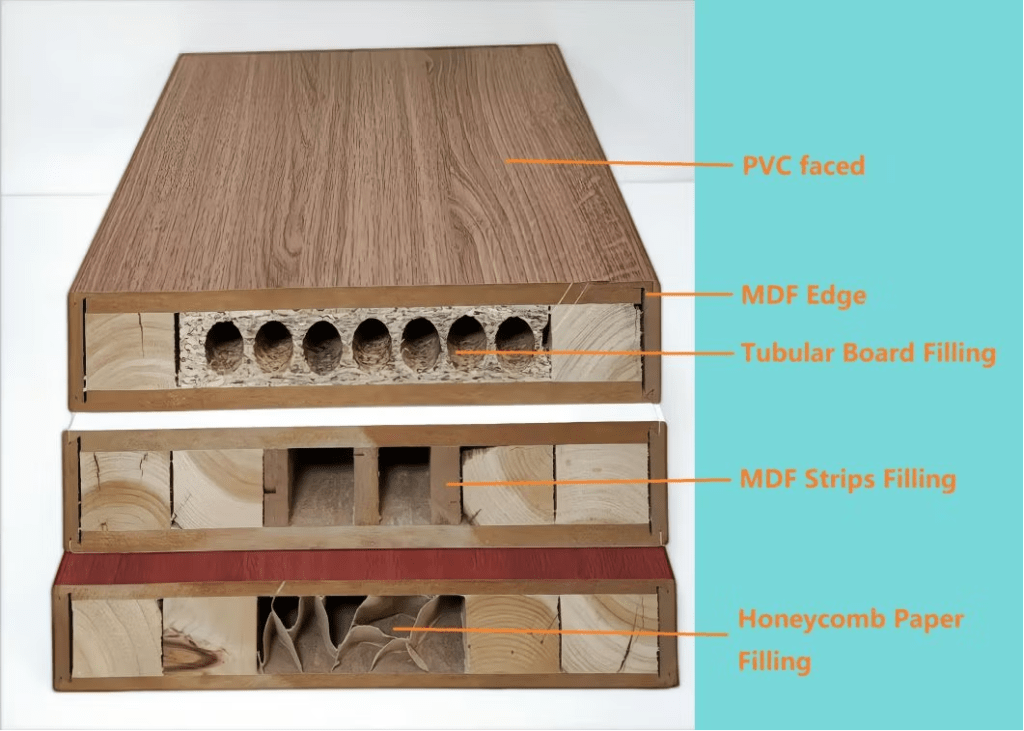
Advantages of PVC Doors
- Low Maintenance: PVC doors are much easier to maintain compared to wood doors. They do not require regular painting, sealing, or staining—only occasional cleaning to maintain their appearance.
- Moisture Resistance: PVC doors are highly resistant to moisture, making them perfect for areas prone to dampness and humidity, like bathrooms and kitchens.
- Durability: PVC doors are incredibly durable and resistant to warping, cracking, or swelling, even in fluctuating temperatures or humidity levels.
- Energy Efficiency: PVC doors offer excellent insulation, helping maintain consistent indoor temperatures and improving energy efficiency by reducing heat loss.
- Cost-Effectiveness: PVC doors are generally more affordable than Shaker doors, making them a budget-friendly option for large projects.
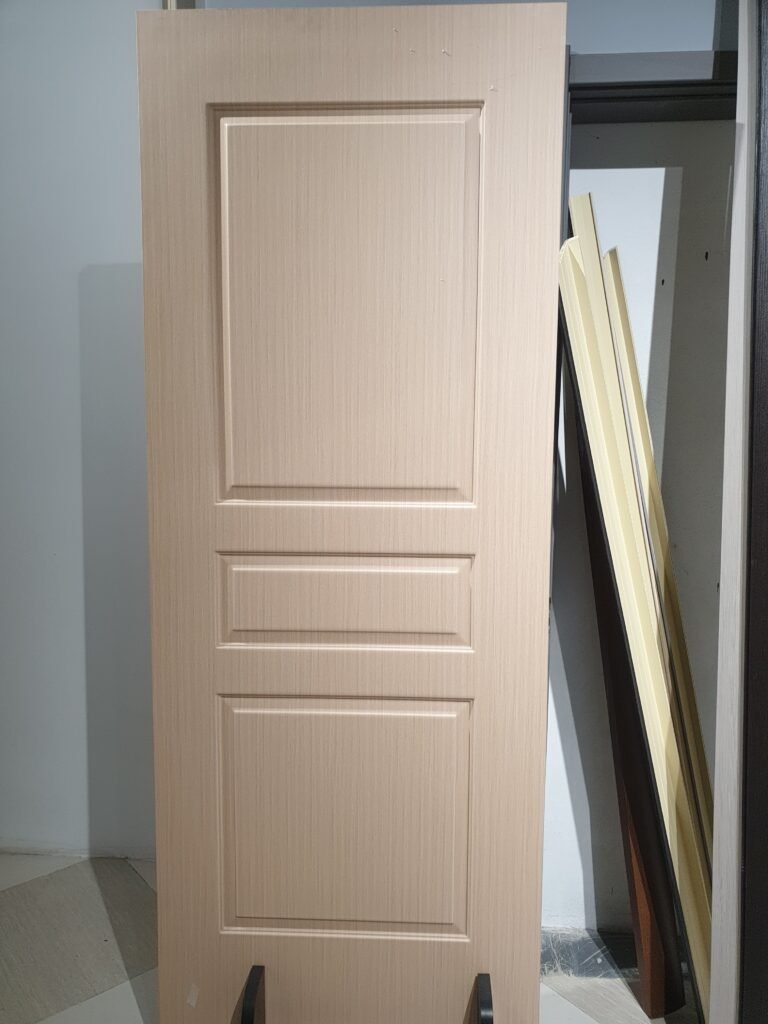
Disadvantages of PVC Doors
- Limited Aesthetic Appeal: Although PVC doors come in various colors and finishes, their aesthetic may not be as appealing as the natural beauty of wood. The synthetic look might not fit every design style.
- Heat Sensitivity: PVC can be affected by extreme heat. Prolonged exposure to high temperatures or sunlight may cause the material to warp or degrade, limiting its lifespan in some environments.
Cost-Effectiveness Comparison
When it comes to cost, PVC doors are typically more affordable upfront than Shaker doors. PVC doors are less expensive in terms of both material cost and installation. PVC doors are cost-effective initially but might need to be replaced or repaired sooner, especially if they suffer from heat damage or discoloration over time.
While Shaker doors might require a higher initial investment, their customizability and long-lasting durability may justify the higher cost, especially if the door is maintained well over time.
Environmental Impact and Sustainability
Sustainability has become an important factor in construction and design. When comparing Shaker and PVC doors, Shaker doors are often more eco-friendly, especially when made from sustainable wood sources or recycled materials. Wood, a natural material, can be biodegradable, and many manufacturers now focus on sourcing materials from sustainable forests.
On the other hand, PVC doors are made from synthetic plastic, which poses environmental concerns in terms of production, recycling, and disposal. The production of PVC generates harmful chemicals, and while PVC is technically recyclable, it is not as widely recycled as other materials.
For eco-conscious builders and homeowners, choosing a Shaker door made from certified sustainable wood could be the best choice to support environmental sustainability.
Installation and Technical Requirements
The installation of Shaker doors generally requires more skill, particularly if the doors are made of solid wood. Woodworking expertise is necessary to ensure the door fits well and functions correctly, especially in terms of alignment and finishing. Shaker doors made from MDF or plywood can be easier to install but may still require professional handling for the best results.
In contrast, PVC doors are typically easier to install. They are lighter, easier to handle, and require less technical expertise compared to solid wood doors. For projects where quick turnaround time and cost-efficient installation are essential, PVC doors provide a more practical option.
Market Trends and Design Popularity
Shaker doors have been a popular choice for many years and are often associated with traditional charm and classic elegance. The clean lines and simple design of Shaker doors make them adaptable to various interior styles, from modern rustic to contemporary.
PVC doors have also gained popularity due to their modern aesthetics and practicality. As design trends evolve, many manufacturers have begun to offer PVC doors with wood-like finishes to address the aesthetic concerns of those seeking the appearance of wood without the maintenance.
While Shaker doors continue to be favored in luxury renovations and high-end projects, PVC doors are favored for budget-conscious projects or those that require moisture resistance in bathrooms, kitchens, or external doors.
Soundproofing and Insulation
One key consideration when choosing a door is its ability to block sound and provide insulation. PVC doors excel in soundproofing and thermal insulation due to their dense material structure. This makes them particularly useful in noisy environments or in areas where temperature regulation is important.
Shaker doors, depending on the material used, provide decent soundproofing but may not offer the same level of thermal efficiency as PVC doors. Wooden Shaker doors can offer natural insulation but might be less effective than PVC doors, especially if the space is subjected to high noise levels or extreme temperatures.
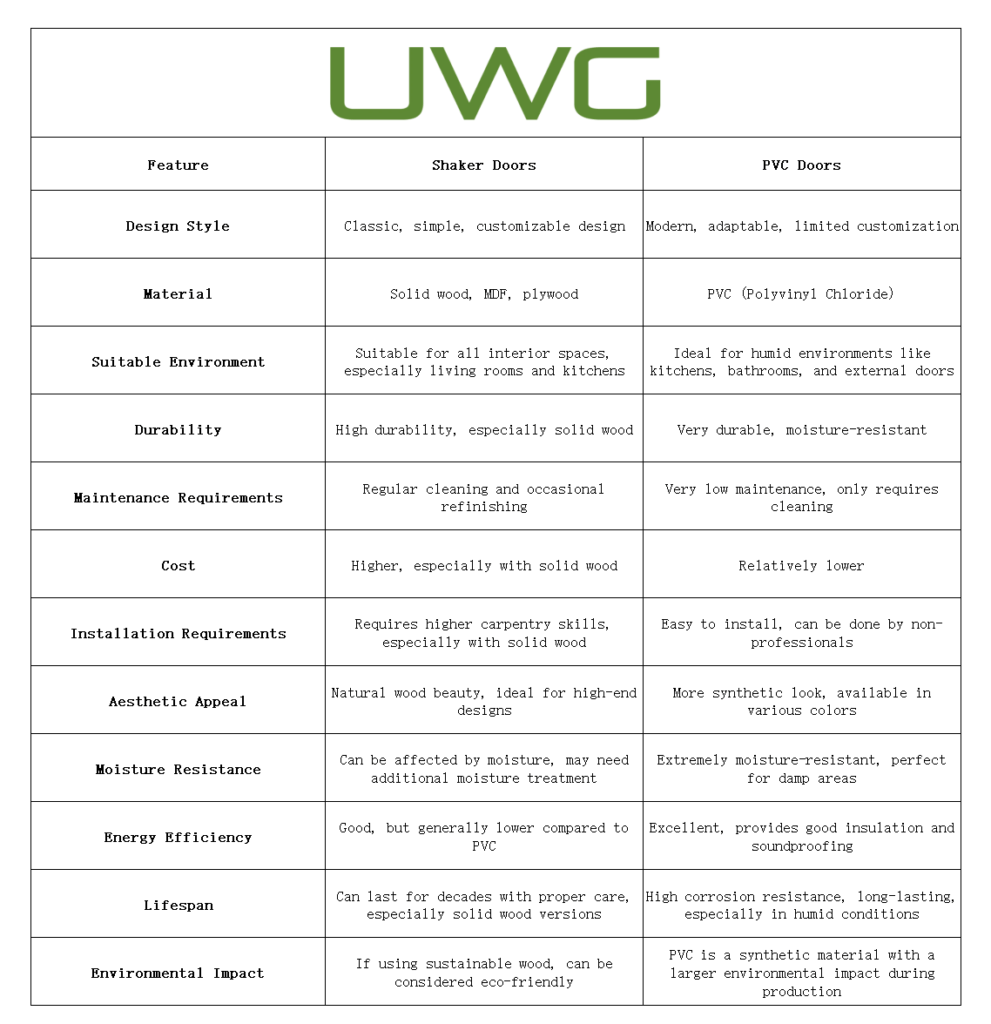
Conclusion
Choosing between Shaker and PVC doors requires a balance of priorities, including aesthetics, maintenance, durability, and environmental impact. Shaker doors offer timeless style and durability but require more maintenance and a higher initial investment. PVC doors, while less aesthetically pleasing to some, provide outstanding durability, moisture resistance, and low maintenance, making them an excellent option for practical, cost-effective projects. By considering the specific needs of your project—whether it’s aesthetic beauty, cost-efficiency, or long-term functionality—you can make the right choice for your building or renovation.

